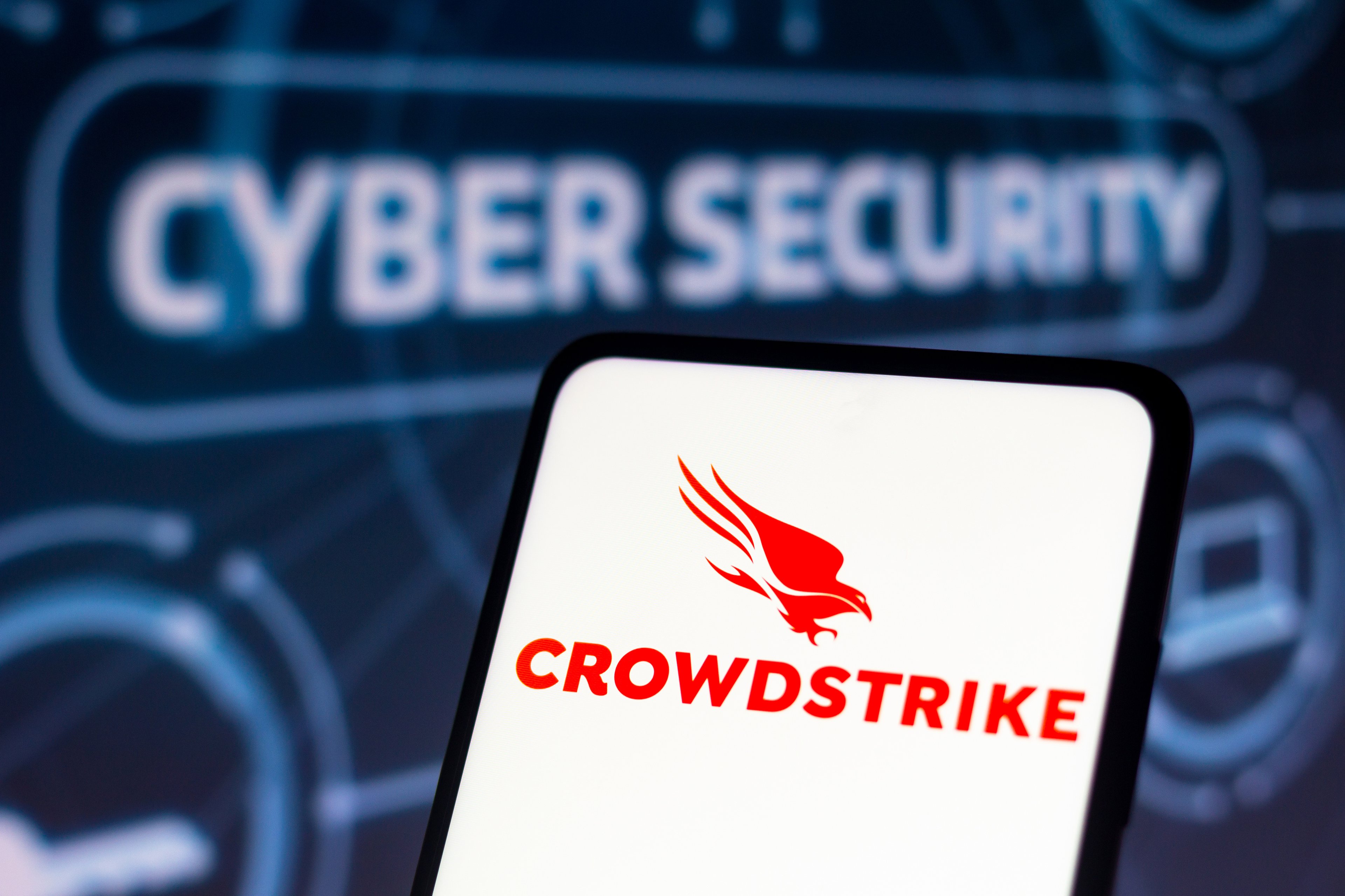CrowdStrike's (CRWD +0.89%) stock has soared by nearly 300% over the past five years. The cybersecurity king's first-mover advantage in its cloud native niche, the stickiness of its modules, and its explosive growth rates made it one of the best growth stocks to buy and hold during that period.
But can CrowdStrike's stock soar by another 300% over the next five years? Here's what a review of its business model, upcoming catalysts and challenges, and valuations suggests.
What happened to CrowdStrike over the past five years?
Unlike older cybersecurity companies that provide their services through appliances installed on-site for their clients, CrowdStrike provides its Falcon endpoint security platform as a cloud-native service. That approach is cheaper, easier to scale, and doesn't require any maintenance at customers' locations. This model also locks its customers into sticky recurring subscriptions and makes it easier for CrowdStrike to upsell them on more modules providing added services over time.
CrowdStrike provides its new customers with a starter pack of four modules and encourages them to buy additional modules as they recognize they need them. At the end of its fiscal 2020 (which ended Jan. 31, 2020), 33% of its customers had adopted at least five of its modules. By the end of its fiscal 2025, that percentage had more than doubled to 67%.

NASDAQ: CRWD
Key Data Points
From fiscal 2020 to fiscal 2025, CrowdStrike's annual revenue grew at a compound annual rate of 52% and its adjusted gross margin expanded from 75% to 80%. It turned profitable on a non-GAAP (generally accepted accounting principles) basis in fiscal 2021, and its non-GAAP earnings per share (EPS) increased at a compound annual rate of 95% over the following four years.
However, CrowdStrike's revenue and EPS growth decelerated over the past five years as it gradually saturated the market for cloud-native endpoint security. Its growth in annual recurring revenue also cooled as it struggled to gain new customers.
|
Metric |
Fiscal 2021 |
Fiscal 2022 |
Fiscal 2023 |
Fiscal 2024 |
Fiscal 2025 |
|---|---|---|---|---|---|
|
Revenue growth |
82% |
66% |
54% |
36% |
29% |
|
Annual recurring revenue growth |
75% |
65% |
48% |
34% |
23% |
|
Adjusted gross margin |
79% |
79% |
78% |
80% |
80% |
|
Adjusted EPS growth |
N/A* |
148% |
130% |
101% |
27% |
Data source: CrowdStrike. *Company booked a non-GAAP net loss in the previous year.
CrowdStrike's core business is generally well insulated from macroeconomic headwinds, since even when times get tough, most companies won't shut down their digital defenses to save a few dollars. But it can still be difficult for it to secure big new contracts when the economy slows down, especially as it faces a growing number of competitors in its niche.
As CrowdStrike's business matures, it will need to squeeze more revenues out of its existing customers by selling them more modules; that would offset its slower pace of landing new customers. It has also been acquiring more companies to expand its ecosystem with additional artificial intelligence (AI), zero trust, identity protection, and data-in-motion services. That strategy could widen its moat and boost its near-term revenues, but it could compress its gross and operating margins.
What will happen to CrowdStrike over the next five years?
From fiscal 2025 to fiscal 2028, analysts expect CrowdStrike's revenue and non-GAAP EPS to grow at compound annual rates of 22% and 17%, respectively. They also expect it to turn profitable on a GAAP basis in fiscal 2027 and to nearly quadruple its GAAP EPS in fiscal 2028.
We should take those consensus estimates with a grain of salt, but they imply CrowdStrike's business is maturing. Its near-term growth should be driven by the rollout of more modules that extend its reach beyond the endpoint security market, a deeper integration into major cloud infrastructure platforms, and the expansion of its AI ecosystem with more powerful agents and threat-detection tools. It also has plenty of room to grow in overseas markets, since it only generated 32% of its revenue from its international customers in fiscal 2024 and fiscal 2025.
At $530 per share, CrowdStrike's stock looks pricey at 114 times next year's expected adjusted EPS. With a market cap of $132.3 billion, it's also valued at 23 times next year's expected sales. Those premium valuations could limit its upside potential, even in this frothy market. By comparison, its more diversified cybersecurity rival, Palo Alto Networks, which is expected to grow at a slower clip over the next three years, trades at 55 times its forward adjusted earnings and 11 times next year's expected sales.
Assuming CrowdStrike matches analysts' expectations through fiscal 2028, grows its revenue at a steady compound annual rate of 20% through fiscal 2031, but trades at a more reasonable 10 times forward sales by the beginning of fiscal 2031, its market cap would actually decline 7% to $123 billion over the next five years. In other words, a bit too much optimism about its growth is baked into its current valuations. With that in mind, CrowdStrike probably won't come anywhere close to replicating its impressive gains over the past five years in the next five.





